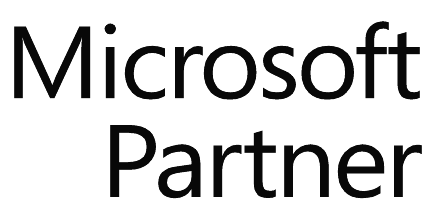Series 4 – Best Practice Automations
Welcome to Part 4 of the Business Systems blog series – ‘An Insider’s Guide to Robotic Process Automation’
In this series:
- Designing Automations
- Process Recording
- Automation Pitfalls
- Automation Reporting
Designing Automations
Robotic Process Automation (RPA), a form of call centre software technology, can integrate with almost anything to complete a task.
This can get technical, so we’ve simplified the integration options below:
- Backend connectivity: automation accesses databases or web services under the control of a process automation server.
- Front end connectivity: RPA reads and writes data and captures events straight from the user interface of the application – just like a human. Each element is recognised by its properties and technology family, specifically structure and hierarchy.
- Front end connectivity – (controlled user interface connectivity): hidden fields and controls (created by the application owner) carries static information not intended to be modified – such as an account number.
Thought:
Some Robotic Process Automation solutions make the job of creating automation programmes that much easier by establishing and updating connectors in widely used products.
How do you structure the automation?
The layered approach to automation programmes is the answer for complex cases where different parts of the process automation are divided into different layers. Each of these layers have their own logic and functionalities.
At the top is the process layer. Below, are sub processes (can be fit into main processes). Another layer beneath are procedures for very specific tasks. The further down you go into these layers, the more the logic can be reused from one system/process to another.
Process Recording
Process recording can be an option for helping build your automation. Process recording follows the steps that a user performs and translates them into a workflow designed to replicate these actions. This process will need tweaking to ensure the final process is as accurate as it can be.
E.g. as the recorder watches a user at work, can it tell whether the user has paused for a specific reason?
Design based automation is not as simple as process recording. It requires much more planning and people collaboration. However, it is ideal for building enterprise grade automations.
Automation Pitfalls
The idea behind automation is to hand over a workflow to a software robot. Workflows are a series of interdependent events and so constructing a robust automated workflow will take time and thought.
Tip #1: Avoid pitfalls by validating automation steps once complete and also before continuing to the next step. This will avoid incomplete workflows and unnecessary time wasted.
Tip #2: Do not use hard-coded timers as a condition to go from one step to the next. Automations should be event-based. This means the process is not on a timer and moves as quickly as the application allows. If on a timer, the automation process may fail in instances where the application moves slower than usual or there are delays in its backend connection.
Tip #3: A robust automation programme includes well thought out exceptional handling instances. This is when the robot is aware of what to do when the process does not follow the standard rules.
Below are some examples:
- Exception examples
- Business exceptions: a process encounters variation from the normal business process the automation has been written to carry out. A common way to handle this is to flag the task and send it to an employee for processing.
- System exception: Technical instances. E.g. an application crashes. A common approach is to cancel the task with the exception, flag it with appropriate details and move onto the next case. The automation process can also keep track of the number of fails and shut down the process entirely if a certain number is being met.
- Automation Reporting
A Robotic Process Automation system is also used for gathering and reporting on data to tell you how well the system is working, how well your employees are working and where improvements can be made.
Business insights from Robotic Process Automation are available in an easy to configure reporting platform, where the user can pick and choose which data they need to gain a complete view of the virtual and human workforce.
The insights gathered from RPA are extremely valuable and dashboards can show you the functionality of each robot, spotting failures and issues being flagged. Desktop analysis will monitor employee’s processes and application usage, helping you spot areas where automation can improve productivity.
Tip #4: Use attended automation in a scenario where a system exception occurs. With attended automation, the exception is passed on and solved by an employee once flagged as an error. After they have fixed the issue, the automation programme can go back to unattended automation.
Keep tuned for series 5 in the Insider’s Guide to Robotic Process Automation
– ‘Achieving automation excellence’.
Looking to explore Robotic Process Automation capabilities within your organisation? Contact our team!






